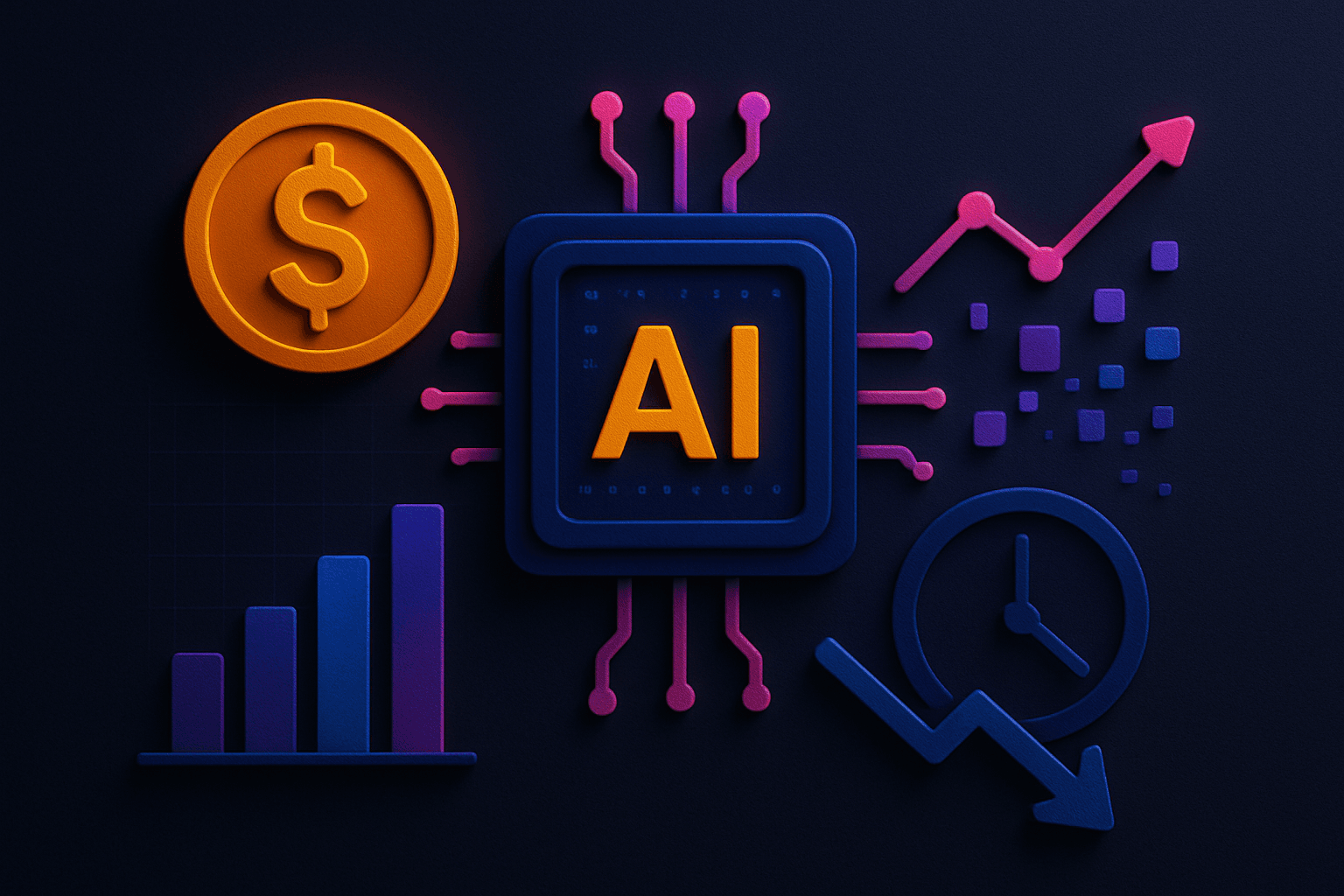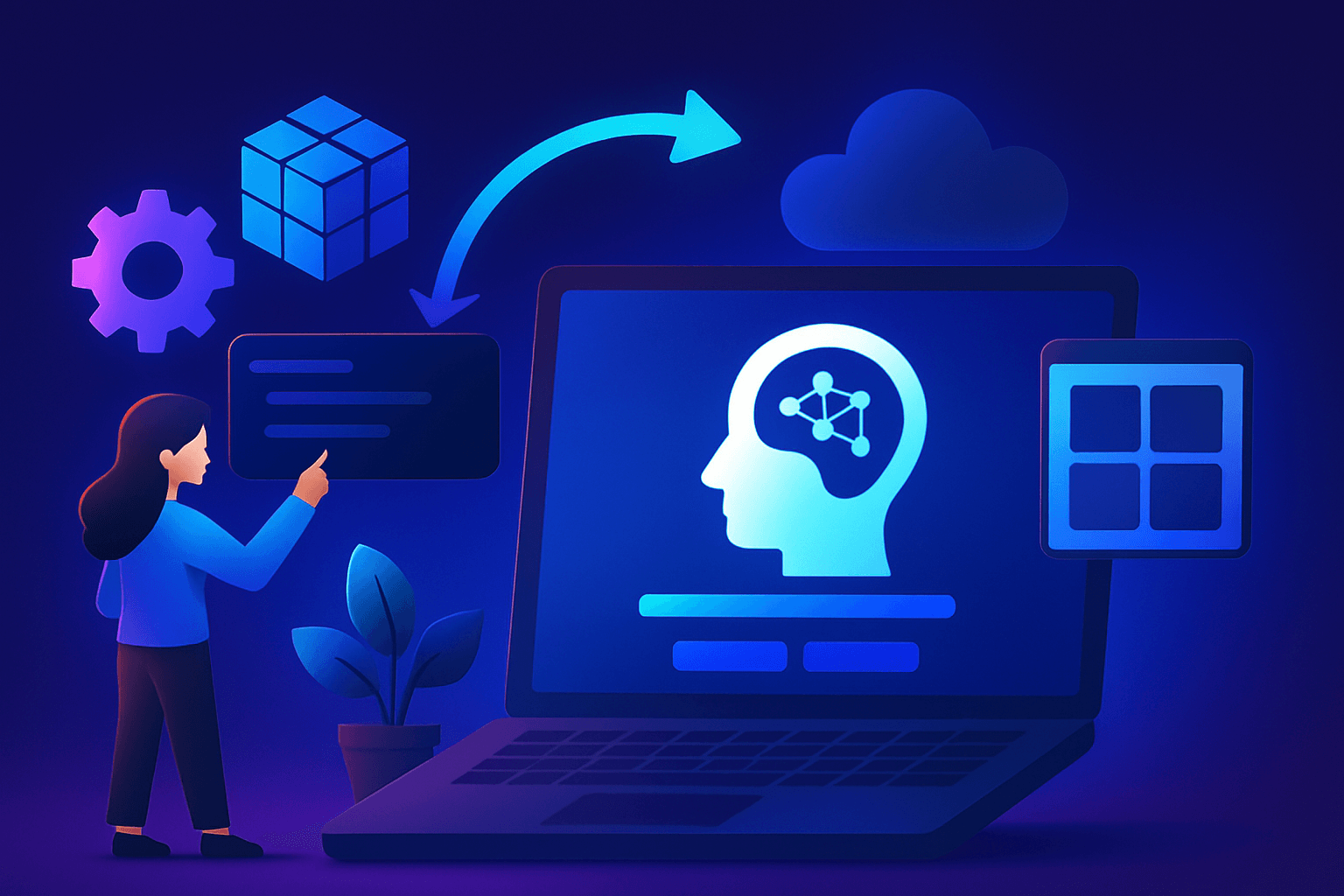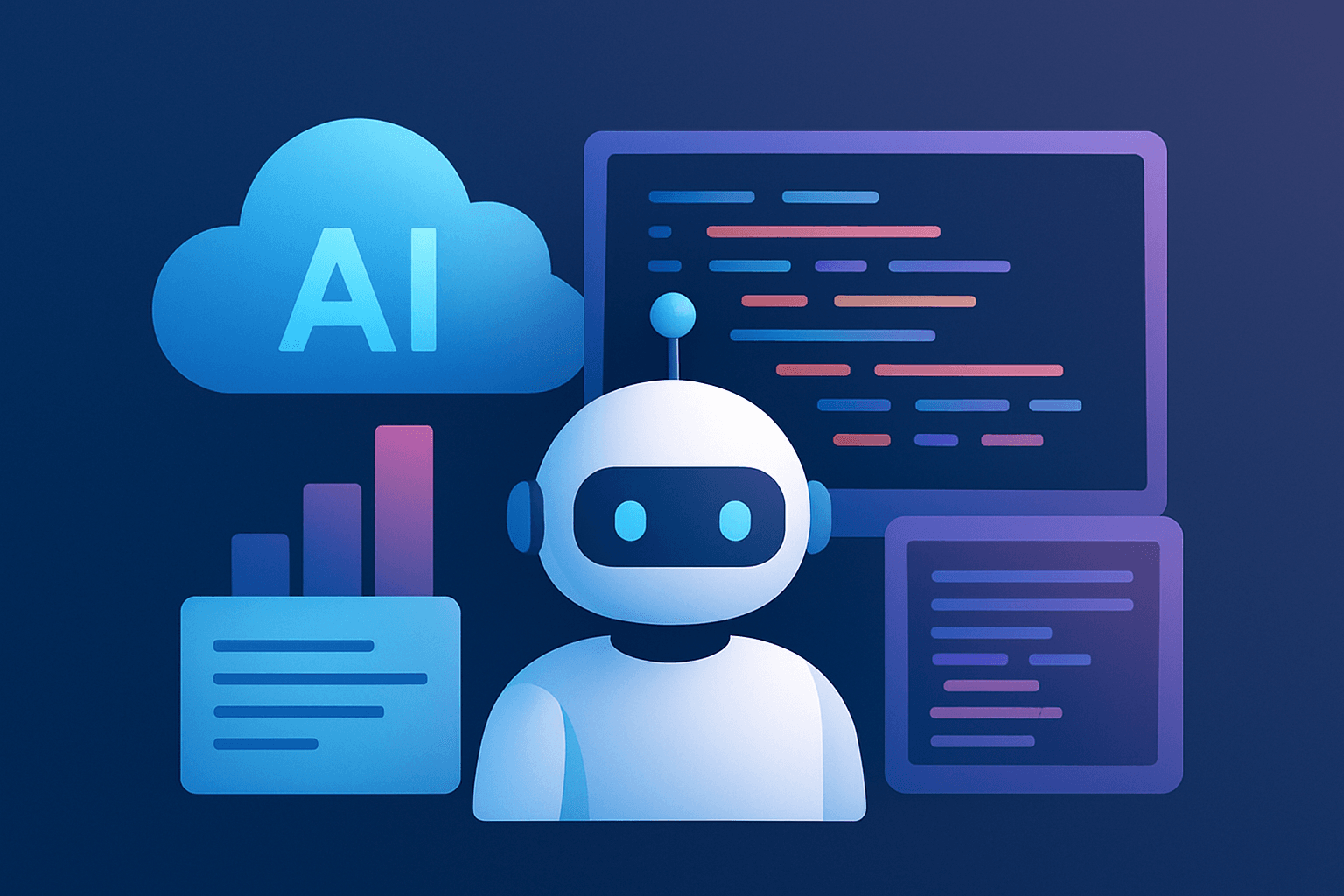Artificial Intelligence is undoubtedly prioritizing technical upliftments in a way peculiar enough to captivate attention. For a long time, the era of technology has been holding lives for routing the map in the direction of the future. What can be done is no more a question these days, What can’t be done is another promising thought. AI is clicking productivity allowing users to get an integrated experience even for smaller tasks.
Content-
- Conversational AI Terminology
- Applied Conversational AI
- Difference between Conversational AI & chatbots
- Steps of Conversational AI
- Why Conversational AI?
- Use cases of Conversational AI
- Conclusion
Conversational AI - Terminology
For the first time, advances in automation, artificial intelligence, and natural language processing make it possible to design cost-efficient digital experiences. Now, where information can be purposeful, simple, and natural, customer conversations with organizations increasingly resemble conversations with humans. It can be programmed with varying levels of complex scenarios resulting in automatically dissensus end products which can be used as personal assistants to facilitate conversations between users and businesses, within the business to automate operations.
Applied Conversational AI
Applied Conversational AI demands a collaboration of science & art to manage scalable applications that incorporate text, personalization & eminence around human interactions with computers. Conversational design is a discipline valued in designing flows that emerges naturally in terms of sound and a keyspace for developing such applications.
Difference between Conversational AI & Chatbots
Chatbots answer already generated questions which are a predetermined chain of commands. They are transactional and interpret customer inquiries.
Conversational AI on the contrary asks open-ended questions based on self-generating & ever expanding databases.
Steps of Conversational AI
Conversational AI engages in contextual dialogue using natural language processing along with other complementary algorithms. As it enables a score of user inputs, AI automatically formulates better results in pattern sampling and making predictions. It offers an engagement to customers through the following steps-
Input Generation - This system allows input in the form of voice or text through a website or an app.
Input Analysis - As the name suggests, it is used to exemplify the meaning of the input and derive its intent.
Dialog Management - It is used to formulate a response in a way that mimics human speech using NLG (Natural Language Generation)
Reinforcement Learning - Now, this is used to refine those responses over time based on the analysis of how well the conversational AI went through this.
Because conversational AI doesn’t depend on manual data, it’s an advancement for companies to automate highly personalized customer-centric resolutions at scale. This makes every interaction feel efficient and relevant, parallel to managing effort and answer time.
Inbound Marketing has a great role to motivate Conversational AI and supporting customers all across the globe via this. It is not only concluded to the periphery of customer interaction but it summarizes what a website requires to generate more leads.
Why Conversational AI?
- It clarifies customers’ interest via showing an in-person help which is there to guide their further steps. As a result, sales rides high dimensional responses which end in clear data sets for future references as well.
- Hiring and maintaining a large customer service team is an additional expense whose costs are directly proportional to the company's growth. Instead, using a virtual assistant who gives real-time responses not only reduces such compromises but also retains long-term customer relationships.
- Time has no fixed structure in today’s environment neither we can strategize the metrics of clock management but the 24*7 availability makes it easier for the users to track their dilemmas anytime. In the vision of significance, it allows human agents to solve more complex queries.
- Infrastructure creation is a left-hand procedure if we add it to Conversational AI pointing towards scalability.
Use cases of Conversational AI
Optimal Lead Engagement- It allows a journey to be taken with every lead via frequently putting their past queries into account and reminding them of their interests.
Sorting Revenue Chart- It regularizes the revenue prospects with an understanding of customer behavior, product specification, missed opportunities on valuables, the potential of demand, etc.
Healthcare- It fulfills the rightful medication provided to each patient earlier waiting in the queue. Monitoring the core of their disease and directing it to the respective medical data quickly.
HR- The HR team can utilize the employee details via conversational AI rather than taking them through the onboarding process. The HR team can also use it to automate simple workflows, leave management, etc.
Conclusion
Conversational AI has a tremendous approach towards formulating accessible information within a shorter time frame, using appropriate data, and segregating sections of customer interests. It gives a column to answer each query after careful analysis so that it never loses any customers because of irregular responses.









